Backing Up Radar Sites
Modern warfare begins with air strikes against radar sites and other air-defense installations, attempting to leave the enemy blind-sighted from the start.
Although Japan has 28 radar sites stationed all around the archipelago, these remote bases are vulnerable to attacks compared to major airfields equipped with their own air-defense units.
Should these radar sites become out of service in any case, it would inevitably create gaps in the surveillance network, allowing enemy incursions through these blind spots.
To quickly fill these gaps, the Japan Air Self-Defense Force (JASDF) operates a fleet of early warning aircrafts (AEWs), but what is relatively unknown is the existence of mobile radar units.
JASDF currently has four squadrons responsible for this task, each equipped with the “J/TPS-102A” mobile radar system.
This system comprises of three main components: the main antenna (radar), the information processing unit, and a power supply vehicle.
Among these components, the large cylinder shape antenna is the most vital, as it is essentially a phased-array 3D radar designed for a continuous 360-degree search.
The detection range is classified for obvious reasons, but we can assume it to cover at least 300km or 186 miles considering its role of substituting fixed radar sites.
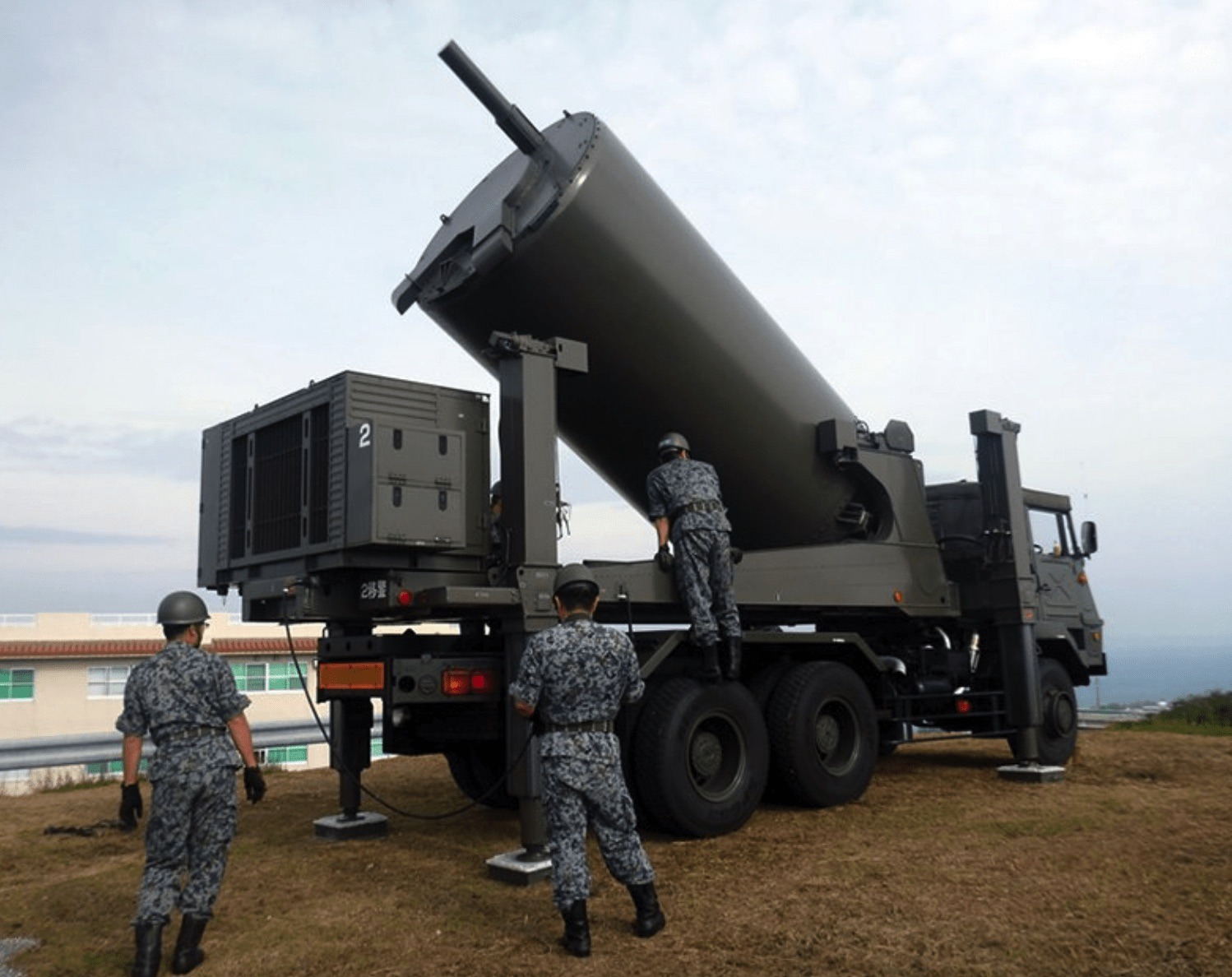 The cylinder-shape radar antenna (photo: JASDF)
The cylinder-shape radar antenna (photo: JASDF)
As the recent wars, from the 1991 Gulf War to the 2022 Russo-Ukrainian War, has re-proved the importance of destroying enemy radar and air-defense capabilities in the initial stages, protecting stationary radar installations and backing them up with mobile reserves has increasingly become crucial as well.
In this regard, mobile radar units who possess better survivability compared to fixed radar sites, are one of the keys in preventing the enemy from achieving air superiority.
Covering The Southern Gap
While Japan has installed radar sites across its territory, covering from Hokkaido to Okinawa, not all areas have been fully covered yet.
In fact, there are notable regions void of permanent radar sites, such as the Ogasawara Islands and the Daito Islands, essentially creating a gap in the surveillance network.
This wasn’t much of a problem until Chinese carrier fleets started to show up off shore, creating the need for proper surveillance and military presence.
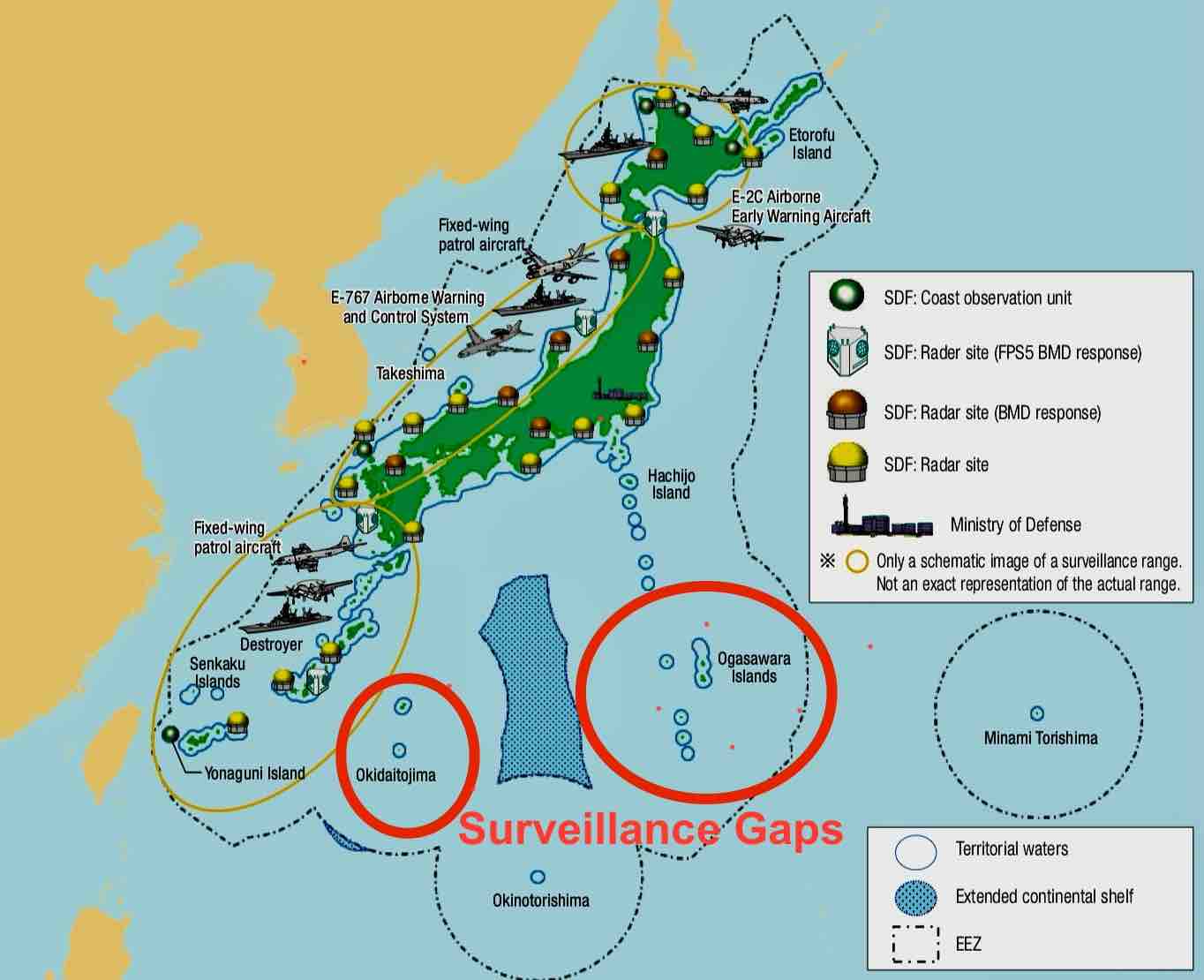
In response, the Defense Ministry has deployed a mobile radar unit to the Daito Islands as a start. Prioritizing the Daito Islands was due to the residents welcoming the SDF units, whereas gaining local approval in the Ogasawara Islands proved to be difficult.
Their deployment will certainly help out in plugging the gap, but is must be reminded that these units are intended for temporal backup, not permanent deployment.
Furthermore, this temporal solution is at the expense of diverting one of the mobile radar units originally meant for a certain area. As long as the unit is stationed on the Daito Islands, the remaining three units will have to pick up the slack on the main islands.
Given this reality, it is best to install new radar sites and garrisons on both the Daito Islands and Ogasawara Islands as a fundamental solution rather than relying on temporary back-up units.



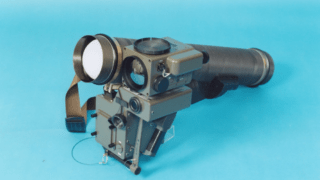
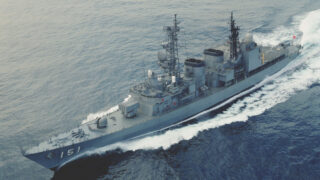
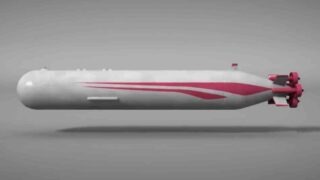
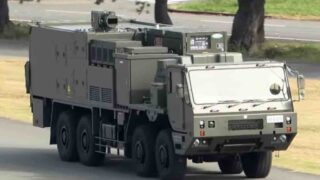

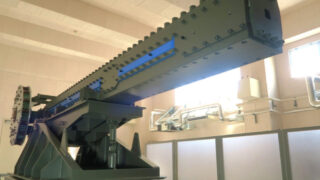
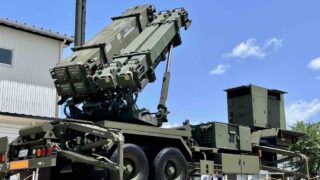
-320x180.jpg)
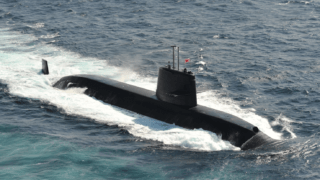

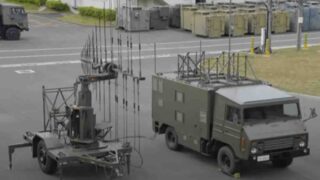
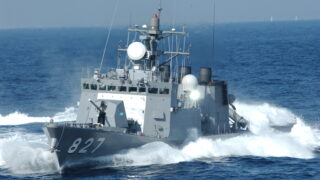


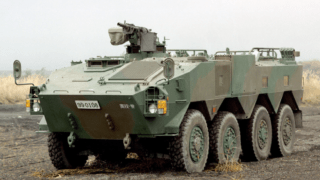
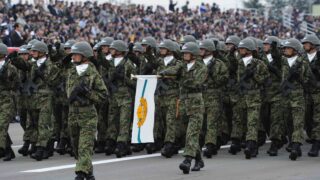
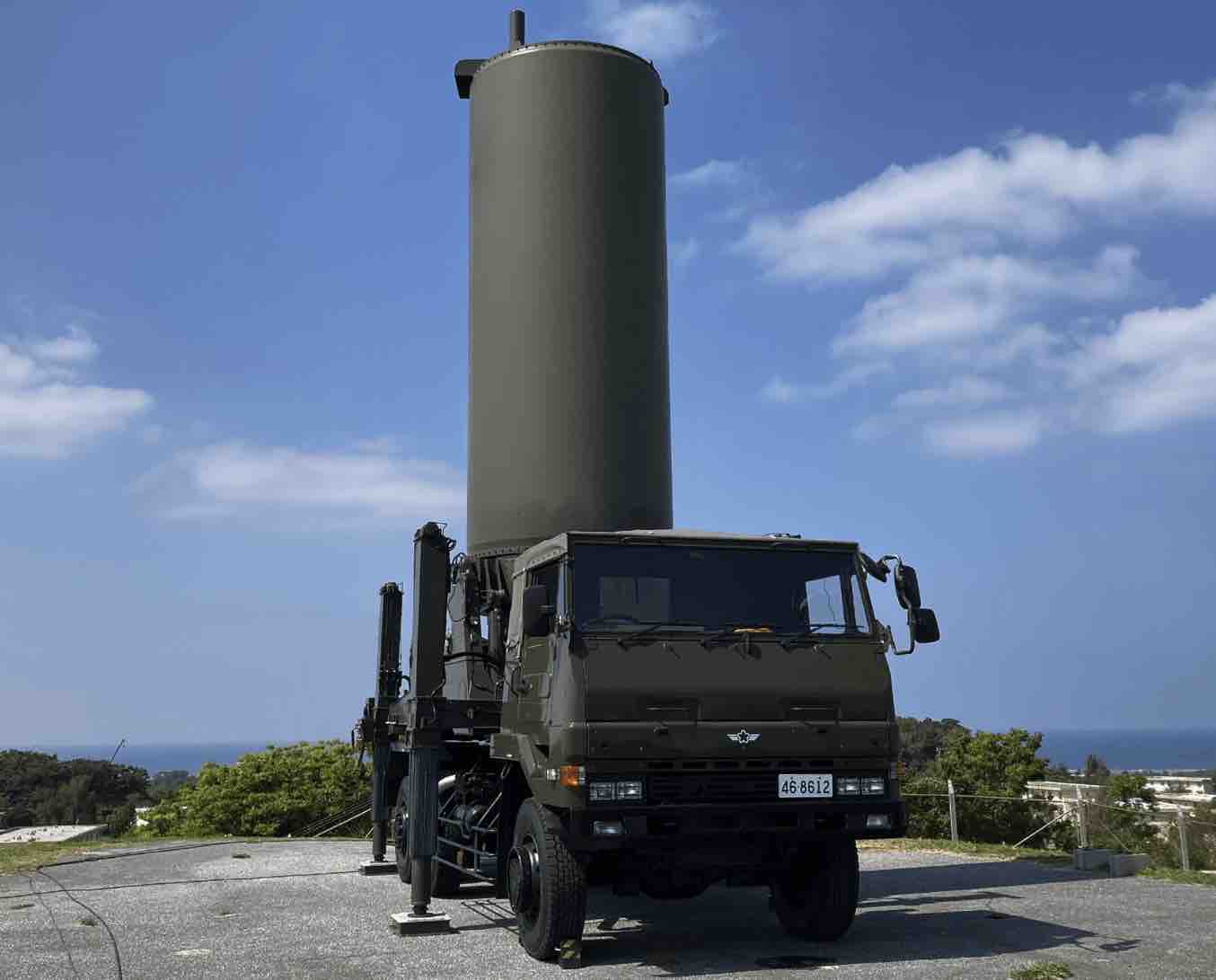
Comments